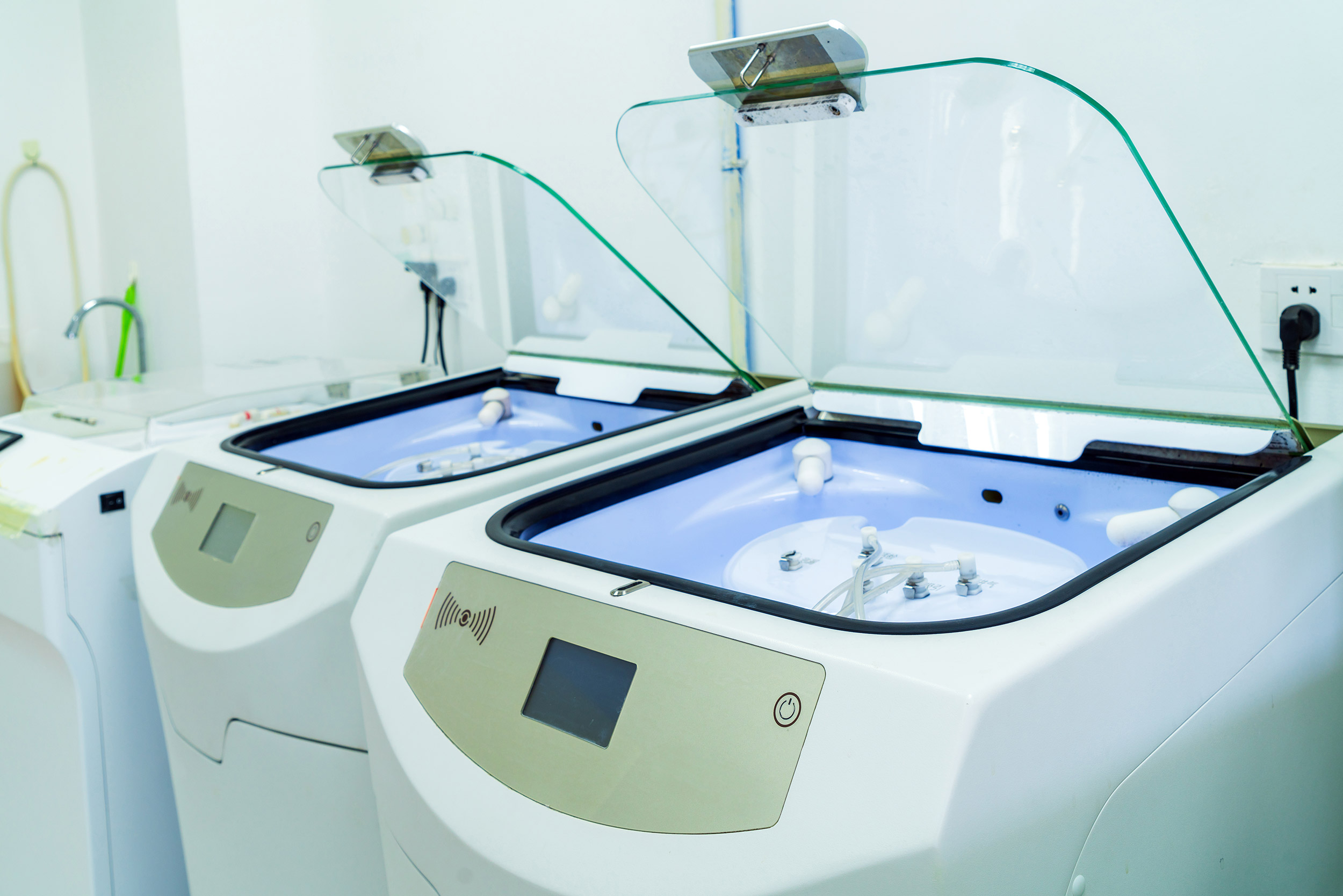
As physician-based practices see increased patient volume, instrument sterilization has become a time-consuming task that some are choosing to outsource.
But does outsourcing work for endoscopes?
A recent abstract in the American Journal of Infection Control, titled “Physician Based Practices and Instrument Sterilization – How Do You Do It?”, maps out how the process can work when hospitals take on equipment sterilization for physician-based practices.
Farming out sterilization to hospitals allows these institutions to focus on patient care, according to Kelly Zabriskie, the director of infection prevention at Thomas Jefferson University Hospitals in Philadelphia and an author on the abstract.
“They shouldn’t be worrying about reprocessing instruments, unless they have the proper setup and the properly trained people to do that job,” Zabriskie told Gastroenterology & Endoscopy News.
Zabriskie also told the trade publication that the centralized sterilization method did not work for endoscopes. This is due to their delicate nature and the quick turnaround required in reprocessing.
The abstract, accepted at the Association for Professionals in Infection Control and Epidemiology (APIC) annual meeting in 2019, outlines how Thomas Jefferson University Hospitals performed sterilization work from six physician-based practices under the hospital’s license.
The hospital system removed all the sterilization programs from the physician-based practices, provided them with locking biohazard bins, and used a temperature-controlled truck with clean and dirty areas to transport instruments between the practices and the hospital.
Developing the centralized sterilization system took approximately three years of systematic review and process adjustments, the abstract poster shows. All practices obtained additional instruments to accommodate for the turnaround time, the biggest challenge to implementing this system.
Ultimately, the centralized sterilization system has benefited physician-based practices by putting reprocessing in the hands of the “well trained hospital sterile processing department,” the abstract said.
This new sterilization protocol has worked for most equipment, but endoscopes do not transport well in the truck. Instead, the clinics hired two technicians and bought a low-temperature sterilizer to do the sterilization on site, according to the trade publication’s report on the study.
Flexible endoscopes are notoriously hard to clean given their long channels and delicate nature. Industry guidelines for reprocessing endoscopes can include more than 100 steps, and the process can take more than two hours to complete.
Serious infections have been linked to reusable endoscopes. This is sometimes caused by inadequate reprocessing.
In 2019, the U.S. Food and Drug Administration (FDA) recommended that duodenoscope manufacturers transition to new and innovative device designs, including partially or fully disposable scopes, to reduce the risk of contamination between patients.
This month, the U.S. Food and Drug Administration announced that it is investigating numerous medical device reports describing patient infections and other possible contamination issues with reprocessing urological endoscopes. These scopes include cystoscopes, ureteroscopes and cystourethroscopes that are used to access and view the urinary tract. Included in the agency’s investigation are three reported deaths which occurred outside the U.S.


